

|
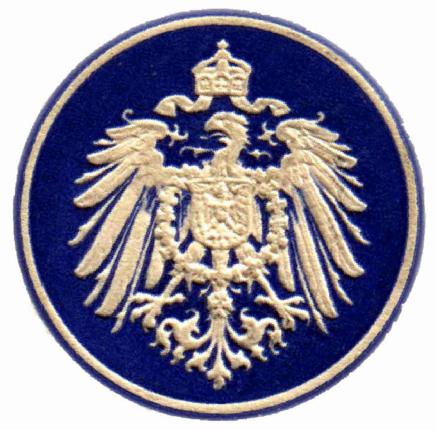
|
Postage Stamps used in the German Marshall Islands Postal Stationery -- Identification of Types by Dirk H.R. Spennemann |
|
Introduction |
|
Since 1882 German postal Stationery caried a number of identification marks that alllowed to determine the month and year of printing, as well as the paper manufacturer of the original card. As the early Vorläfer cards were unaltered German stationery these marks apply. Likewise, the later cards of the Eagles series were overprinted standard cards, which carry the same marks. Only after the introduction of the Yacht series of Stationery this practice changed. This identification was first achieved by printing a small control number at the bottom right hand margin of the card, to which from 1894 a small letter indicating the paper manufacturer was added. In addition a gap in the dots on the fourth address line was added, which was also a coded letter (see table below).[1] For the 5 Pfg card this system was expanded by omitting a combination of dots (set in five-dot intervals) in the address line to reflect the month of printing. The 10 Pfennig and other (later) cards continued to use printed numbers at the right hand bottom which provide for the month and date of printing. These are set out in the description of each of the cards. In addition, we need to distinguish between various frame types. |
|
Gaps in the Address Line |
| Since 1882 German postcards had identification marks, that could be used to determine the date or printing. This was achieved by ommitting a combination of dots (set in five-dot intervals) in the address line. Each gap corresponds with a month, whereby the gap on the first line indicates the month of printing. With multiple gaps a printing history from that plate can be reconstructed. Kalckhoff developed a "gap clock' (Punktlückenuhr) which allows to identify not only the month of printing but also, by sequencing the gaps, the printing history of the plate used for the manufacture of the Stationery (see illustration and table below). For example if the gaps identified are a,b,c and k, then they are to be ordered as c + b + a + k (because the longest gap exists between c and k). This then, combined with the watermark 99, allows to reconstruct that the actual card in question was printed in March 1899, but that the printing plate had already been used for printings in February and January 1899, as well as in October 1899. [2] |
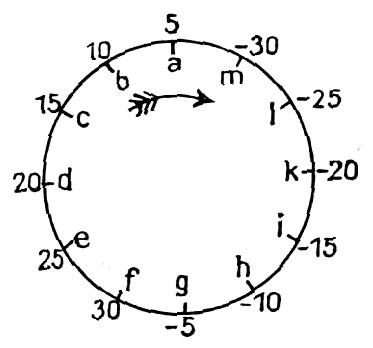 The "gap clock' (Punktlückenuhr) |
Gap logic | ||||
|---|---|---|---|---|---|
| Gap at | direction | letter notation | month equivalent | ||
| 5 | from left | a | January | ||
| 10 | from left | b | February | ||
| 15 | from left | c | March | ||
| 20 | from left | d | April | ||
| 25 | from left | e | May | ||
| 30 | from left | f | June | ||
| 5 | from right | g | July | ||
| 10 | from right | h | August | ||
| 15 | from right | i | September | ||
| 20 | from right | k | October | ||
| 25 | from right | l | November | ||
| 30 | from right | m | December | ||
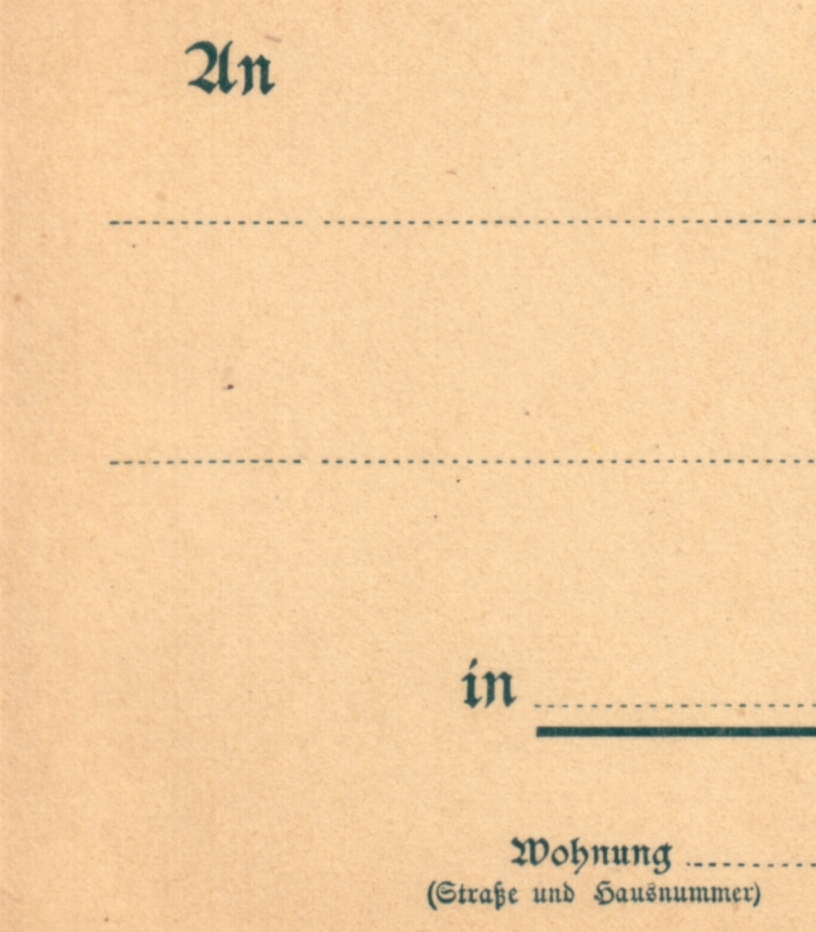 |
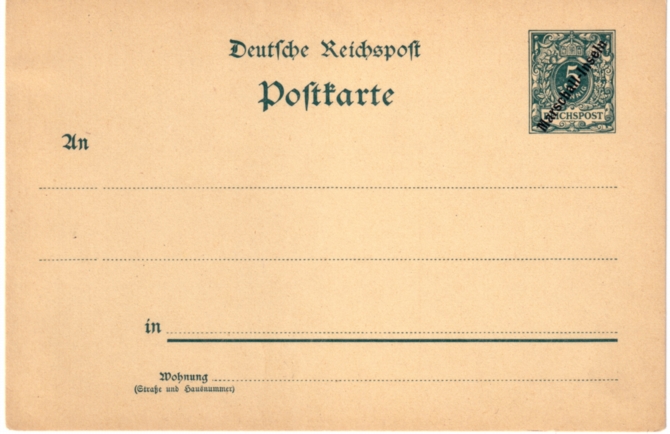 A close inspection of the card shown above shows that the first and second address line lack the fifteenth dot each. This coding, in combination with the watermark (98) indicates that the card was printed in March 1898. |
|
Watermarks |
|
From 1895 onwards all 5 Pfg post cards carried a water mark that reflected the year of manufacture as well as the paper manufacturer. |
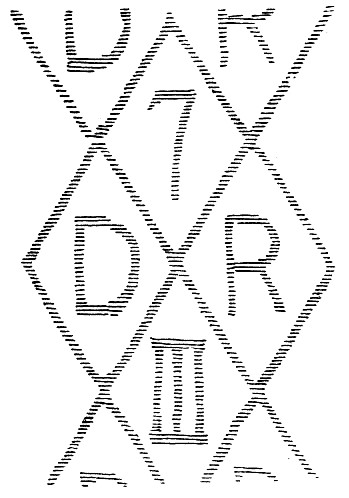 Example of a Yacht Series watermark |
|
Printing Codes |
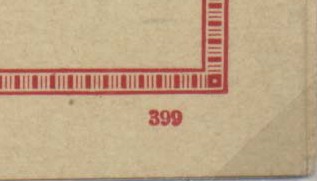
|
| . |
|
Frame types 1886 Eagle series Stationery |
|
|
|
|
|
Frame types 1889/91 Eagle series Stationery |
 Frame Type 1: At left margin first two fine, then one fat bar: III
|
[Contents] [Stationery] |
| select from the following... | ||||||
|
|
||||||
|
Digital Micronesia-An
Electronic
Library & Archive
is provided free of charge
as an advertising-free
information service
for the world community. It is being maintained by Dirk
HR Spennemann, Associate
Professor in Cultural
Heritage Management,Institute of Land, Water and Society and
School
of Environmental & Information Sciences, Charles
Sturt University,
Albury, Australia. The server
space and technical support are provided by Charles
Sturt University as part of its commitment
to regional engagement. Environmental
SciencesInformation
Sciences
|
||||||